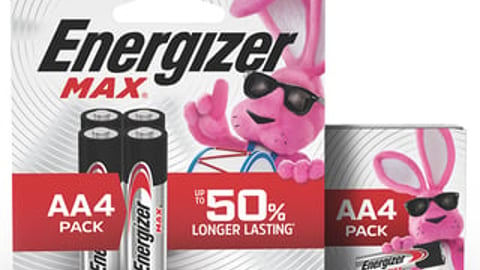P&G Innovates Data-Driven Sustainability Roadmap
Sustainability has become a fashionable corporate concept at times, and consumer goods companies revel in touting their eco-efforts. But shrinking corporate carbon footprints is not merely about creating sustainable supply chains and products, but to ensure sustainability efforts are, well, sustainable.
At CGT’s League of Leaders meeting in September — a peer-to-peer forum for CG and retail executives — the "Developing a Sustainability Roadmap" session featured Mouhammad Takieddin, Procter & Gamble's VP of IT and global master data management and sustainability, who stressed the importance of science and data to measure and understand the entirety of a company's product producing eco-impact, from development through raw materials and supply chain, all the way through consumer usage to ultimate disposal.
"The right data and the right systems can help … in combining innovation and technology to better serve our consumers in a world where sustainability becomes a super sensitive topic, both for the existence of the company and also for the survival and the success of their brands," Takieddin said.
[Learn more about the League of Leaders]
Takieddin emphasized that developing a company-wide, data-drive sustainability effort was not done grudgingly or merely to suit fickle societal whims, but as an opportunity to drive innovation. One example he cited was Pampers: To reduce the carbon footprint of its disposable diapers, P&G was able to make them thinner and lighter, which in turn made them more popular with consumers.
"There is a shift in the approach here," Takieddin noted of P&G's corporate culture: Drive superiority to win with consumers. "Sustainability became an opportunity for all our brands to really become a delight of our consumers, if it's done in the right way."
While Takieddin noted P&G's focused efforts on sustainability, he also acknowledged the evolving nature of consumer eco-attitudes. Takieddin said that anywhere from one-half to two-thirds of a product's ecological impact came from consumer usage, and P&G knew that its sustainability efforts could not be conducted in a vacuum.
P&G not only made its laundry detergents just as effective in cold water as hot to reduce a consumer's CO2 usage, but engaged in an "every degree matters" education campaign to simultaneously shift consumer laundry habits. Since 2010, P&G has seen consumer cold water washing levels rise up to 70% and has seen consumer recycling levels rise from 10% to 20%, and P&G is aiming for 40%.
P&G also acknowledges its need to closely monitor the quicksilver nature of eco-regulations around the world. To prepare for whatever new regional eco-laws pop up, its supply chain transparency and visibility data will be critical.





